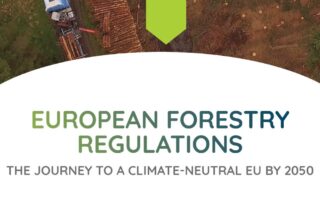How will the EU Deforestation Regulation impact smallholder farmers?
The European Union Deforestation Regulation (EUDR) implementation deadline is fast approaching on 30 December 2024. Can smallholder farmers rally to meet the regulation requirements while under such time pressure, and facing other challenges such as a lack of financial resources, and technological and regulatory support?








